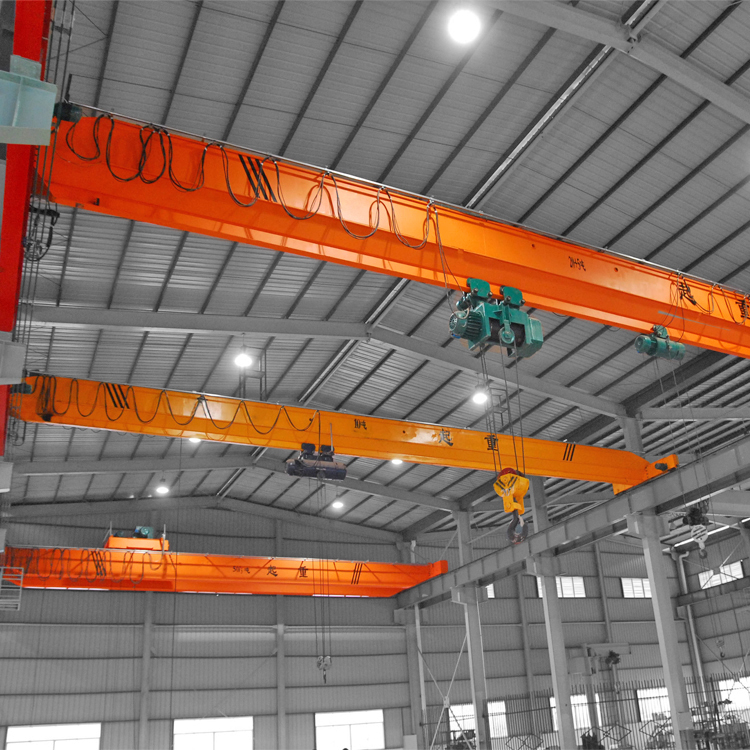An overhead hoist is an essential piece of equipment used in various industries, including manufacturing, construction, and logistics. This article aims to provide a detailed explanation of how an overhead hoist works and its important components.
At its core, an overhead hoist consists of a steel beam or bridge, also known as the crane runway, which is mounted on elevated supports. A trolley or crab runs along this bridge, carrying the lifting mechanism that is responsible for hoisting and moving heavy loads.
The lifting mechanism typically consists of a hoist, which consists of a drum, rope or chain, and a motor. The drum is connected to the motor, which provides the necessary power to operate the hoist. The rope or chain is wound around the drum, and one end of it is attached to the load.
The overhead hoist’s lifting capacity and speed are determined by several factors such as the power of the motor, the size of the drum, and the type of rope or chain used. Additionally, safety features such as limit switches, overload protection, and emergency stop buttons are incorporated into the design to ensure safe operation.
Overhead hoists are highly versatile and can be customized to meet various lifting requirements. They come in different configurations, such as single girder or double girder, depending on the application and the weight of the loads to be lifted. They can also be installed as freestanding structures or mounted to existing building structures.
The benefits of using an overhead hoist include increased productivity, improved safety, and reduced risk of work-related injuries. They provide efficient lifting solutions, allowing operators to move heavy loads with ease and precision.

Post time: Aug-06-2024







